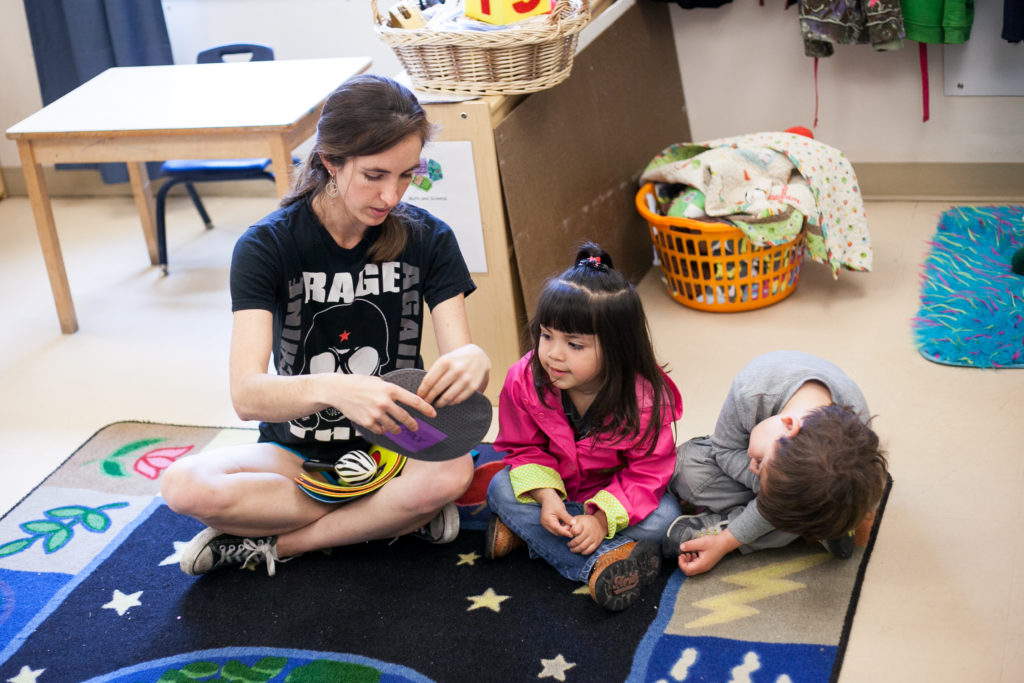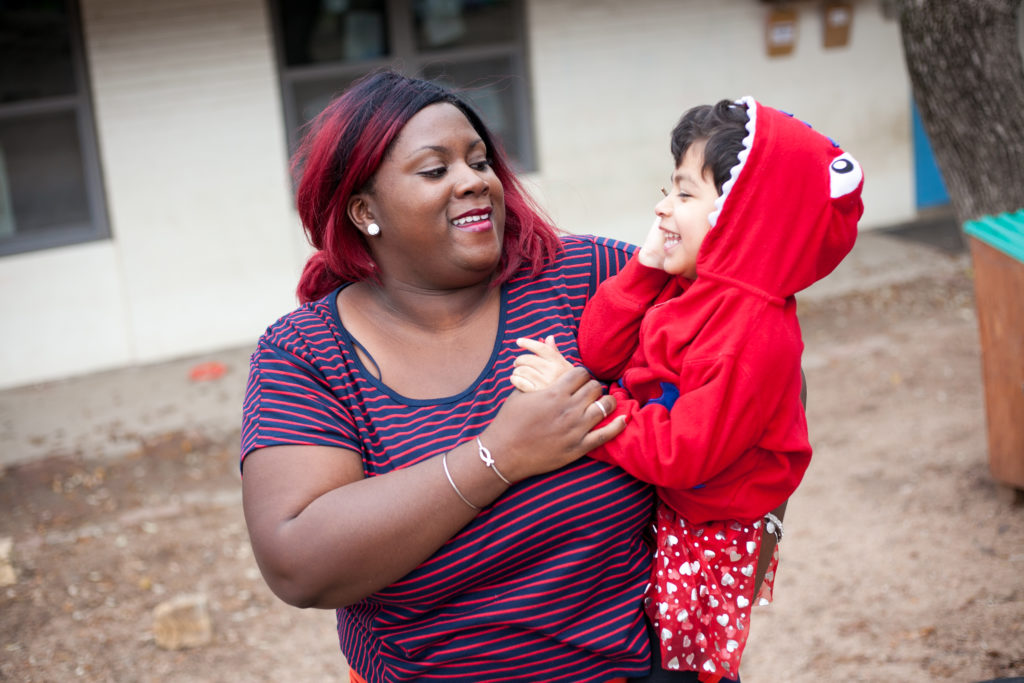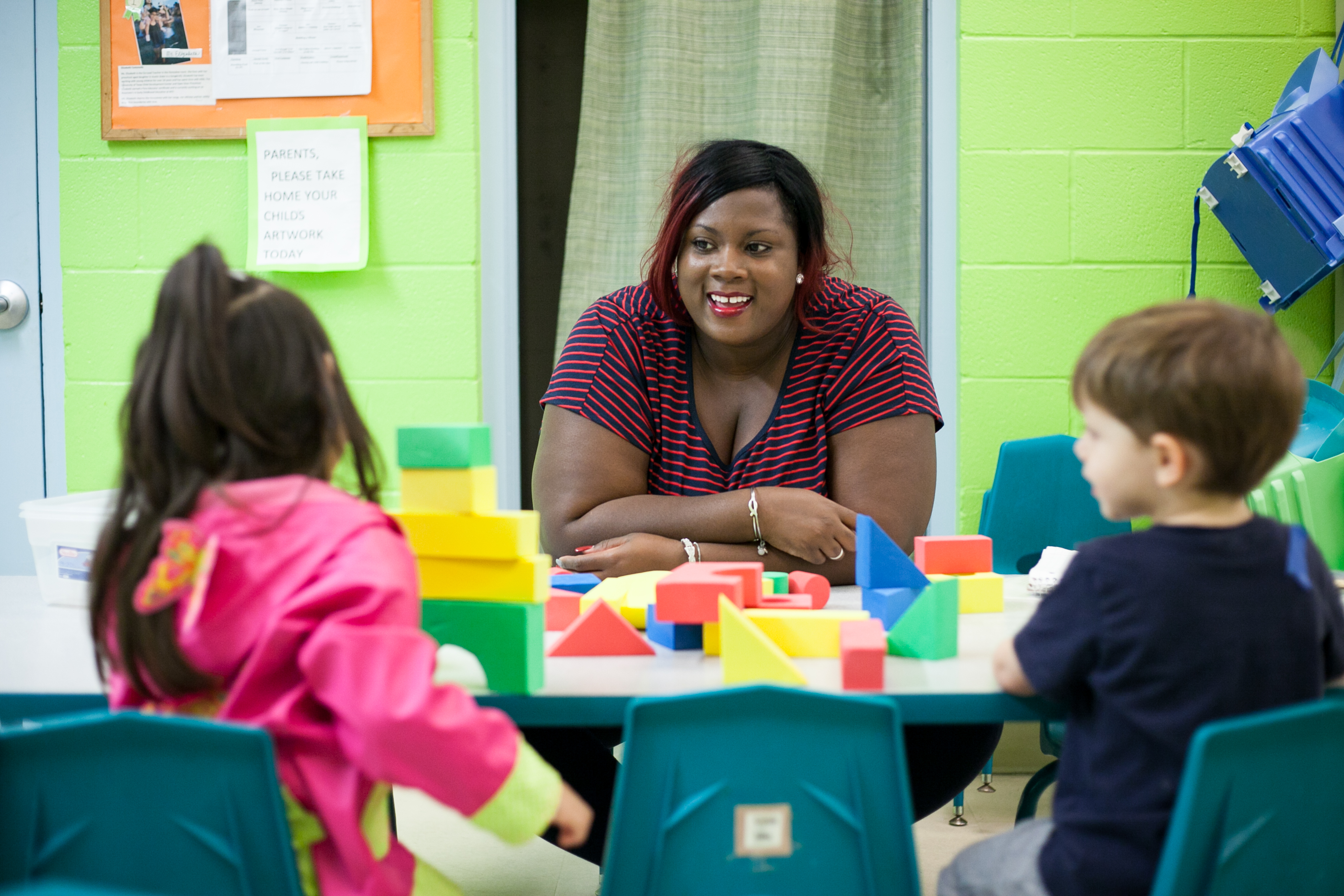Every child in Austin deserves access to high-quality, accredited early care and education.
While quality child care is expensive, it yields significant long-term benefits for children. At United Way for Greater Austin (United Way) we believe every child in Austin deserves access to high-quality accredited early care and education and every working parent deserves confidence in knowing their children are in a safe, nurturing environment while they work to provide for their families.
For working parents, finding the right care can be among the most difficult – and expensive – parenting decisions they face, but United Way is here to help. We work to ensure every child is ready for kindergarten with our Success By 6 program—and an important part of that is making sure children enjoy quality care early on in life. To help parents make sure they’re making the right choice for their child, we’ve compiled a top ten list of things to look for:
1. Accredited And Recommended
References go a long way. It is notable if the center can help you check references by providing contact information for current or past enrolled families (with their prior permission, of course). It is also important to check the state licensing website for any infractions the center may have. Look to see if the program is rated 4 stars by the Texas Rising Star system, or better yet, nationally accredited by the National Association for the Education of Young Children or the National Accreditation Commission.

2. Warm and Responsive
You want to make sure your child is in a kind, loving environment and know that someone is dedicated to attending to your child’s needs. Listen for laughter and conversation between children and teachers. It is important that teachers talk to the children kindly and with respect. Also, look to see if teachers make an effort to talk to the children at eye-level. Infants should be held both lovingly and often.
3. Stimulating and Dynamic
Children should be engaged in active learning through play. It is important that the children have interesting things with which to explore, read and interact. Look for blocks, puzzles, books, and dramatic play materials inside, and space and equipment for climbing, running and throwing balls outside.
4. Professional and Polished
Check the qualifications of the director and teachers, and make sure they are held to high standards. It is a plus if the staff has specialized training in child development, and if lesson plans and daily schedules are posted and clearly available for parents to read.

5. Staffed and Steady
It is important that enough trained adults are available at all times. You want your child to get the attention he or she deserves, of course, but this is also a safety precaution. Ideally, there should be no more than four infants per adult, no more than six 2-year-olds per adult and no more than ten preschoolers per adult. Ask what the staff turn-over rate is. Child care programs typically have some annual turn-over, but it is a red flag if the turn-over rate exceeds 33 percent annually.
6. Safe and Secure
Safety and security is obviously a concern. Look to see if the building and equipment are in good repair. A security system is key—this way only authorized people can come and go, and all entry and exit activity is monitored.
7. Clean and Healthy
Cleanliness is also a priority. Caregivers should encourage children to wash their hands often, especially after using the restroom and before eating. Caregivers should lead by example and follow the same procedures, including after diapering.
8. Respectful and Welcoming
Look for an environment where the teachers and administrators respect your home culture and language. It is also important that the parents of enrolled children are welcome to visit at any time
9. Clear and Communicative
Consistent, clear communication between center staff and you is essential. Ask if the director sends out regular newsletters and if not, how he or she regularly communicates with parents. It is also important that teachers schedule conferences or write daily notes sharing information about your child’s development. Ask if the facility has written policies compiled in a parent handbook. If so, this is a very good sign.

10. Finally, gut-check
Trust your gut. If it is telling you “no,” keep looking.
Additional Resources:
If you need to find a child care center immediately, the United Way Navigation Center is a great place to ask for help. The National Association for the Education of Young Children has a child care center visiting guide with more important things to look for during your visit. You can learn about five steps to selecting child care for your child in this guide. Workforce Solutions Capital Area also has a number of great resources if you find yourself with child care center questions.
